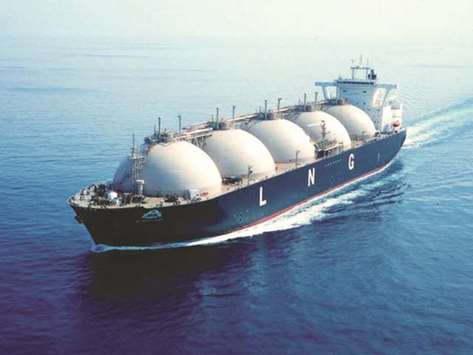A liquefied natural gas glut that has been one of the industry’s main talking points for four years now looks to be smaller than first thought.
Unprecedented new volumes from multibillion dollar plants starting in Australia, the US and Russia have been a focal point for traders from Royal Dutch Shell and Vitol Group to analysts at the International Energy Agency. Record-high Chinese LNG imports and increased demand in parts of Europe threaten to delay, diminish and shorten the anticipated oversupply.
LNG prices, already matching last winter’s high, will be further supported next year, according to Massimo Di-Odoardo, an analyst at Wood Mackenzie Ltd who sees the oversupply in 2019-2020, against previous industry expectations of the glut starting earlier and remaining well into the next decade. Others, such as Barclays, say the market is already recovering, potentially improving the outlook for new projects.
“The oversupply will take a shorter period and will be less severe than anticipated in the past,” Di-Odoardo said by telephone from London. “Recovery post-2020 looks promising.”
Excess capacity is forecast to peak at 87mn tonnes in 2020, about 28% of total demand, Bloomberg New Energy Finance said in September, 34% less than in its previous outlook in January.
Chinese imports have helped push spot LNG in northeast Asia up 64% over the past three months and the world’s largest energy user has already warned of strong demand this winter. As China battles air pollution with cleaner fuels and emerging markets such as Pakistan boost consumption, a deficit looms.
That may come as early as in 2020, Barclays said in a note on November 24. The “rebalancing” will be helped by just one production plant, in Mozambique, being sanctioned this year and delays to major projects including Ichthys in Australia and Cameron and Jordan Cove in the US.
“New liquefaction capacity is desperately needed,” said Meg Gentle, president and chief executive officer of US project developer Tellurian Inc, said at CWC World LNG Summit in Lisbon last week. “We will frankly struggle after 2020 to meet the astonishing growth in demand that we have seen in the market this year.”

Record-high Chinese LNG imports and increased demand in parts of Europe are on track to delay, diminish and shorten the anticipated oversupply


